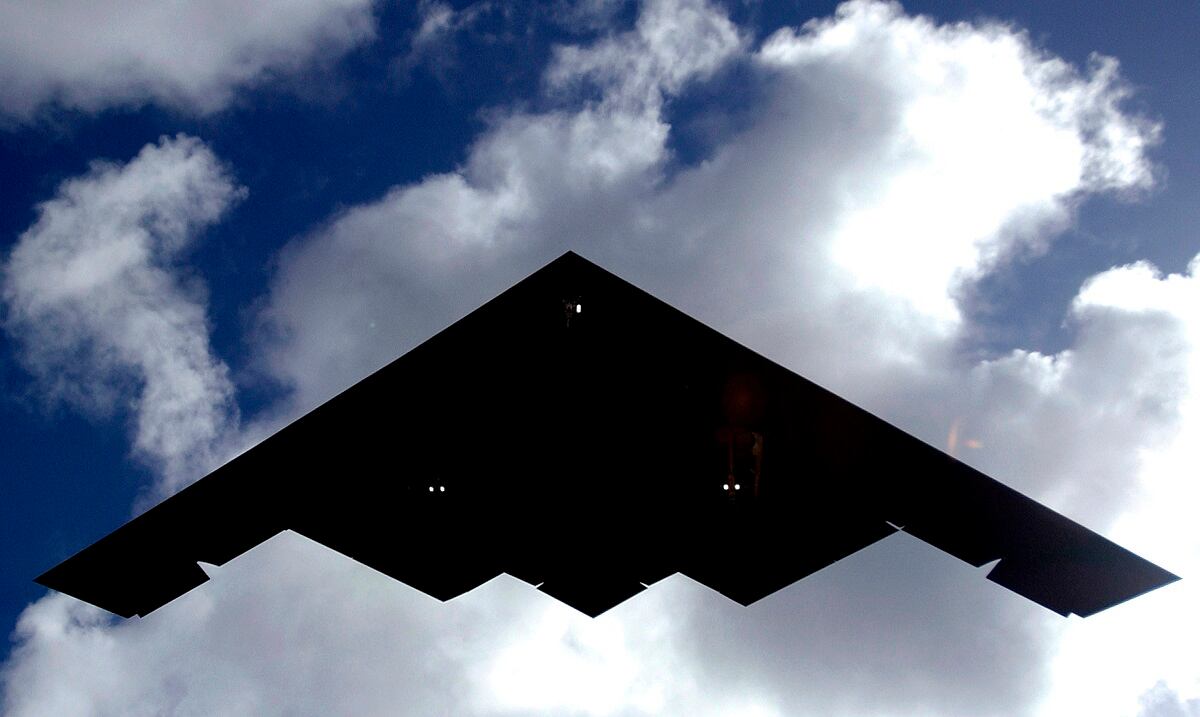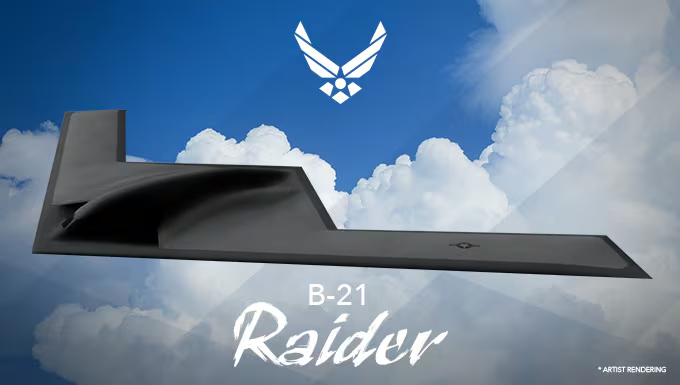WASHINGTON — The U.S. Air Force has sent a $1.9 billion wish list to lawmakers on Capitol Hill, and the biggest chunk of that money would go to classified programs.
It won’t take long for an attentive reader to notice that the service’s fiscal 2019 unfunded priority list contains none of the big-ticket items usually included in prior years’ requests. For instance, there are no line items for additional F-35 Joint Strike Fighters, KC-46 tankers, drones or munitions.
Instead, the list — just a fraction of the FY18 lineup that contained $10.7 billion worth of items — concentrates its priorities among four areas:
- Classified systems
- Space systems
- Nuclear requirements and command and control
- Military construction
Nearly half of the list, $800 million total, is captured by classified requirements that were not funded as part as the service’s budget request.
Unsurprisingly, the Air Force provided no further details on the unclassified document obtained by Defense News about what would be included in that sum.
RELATED

However, it is possible those funds could help expedite the B-21 bomber program or go toward technologies under the service’s next-generation air dominance umbrella, a family of systems that could include the Air Force’s future fighter jet. The service already increased spending for next-gen air dominance to $504 million in the FY19 request, up from $295 million in the FY18 budget.
The Air Force also devoted a large portion of its unfunded priorities list — about $289 million — for nuclear requirements, multidomain command and control, and NC3 (the acronym for nuclear command, control and communications).
If appropriated by lawmakers, some of that funding would be headed toward developing two of the Air Force’s largest nuclear programs: Ground Based Strategic Deterrent, its next-generation intercontinental ballistic missile system; and the Long Range Standoff Weapon, an air-launched cruise missile that can be equipped with a nuclear or conventional warhead.
That funding would also go toward operating the E-4B Nighthawk, better known as the Doomsday plane, an airborne mobile command post for the president, defense secretary or other top U.S. officials.
The Air Force included $351 million for unfunded space requirements. Again, the service does not lay out exactly how the money would be split, the document states that funding would be directed toward space resiliency technologies and the development of new launch systems.
“High priority” military construction projects got the second-largest piece of the pie, with $441 million included for a number of unspecified efforts.
Valerie Insinna is Defense News' air warfare reporter. She previously worked the Navy/congressional beats for Defense Daily, which followed almost three years as a staff writer for National Defense Magazine. Prior to that, she worked as an editorial assistant for the Tokyo Shimbun’s Washington bureau.








